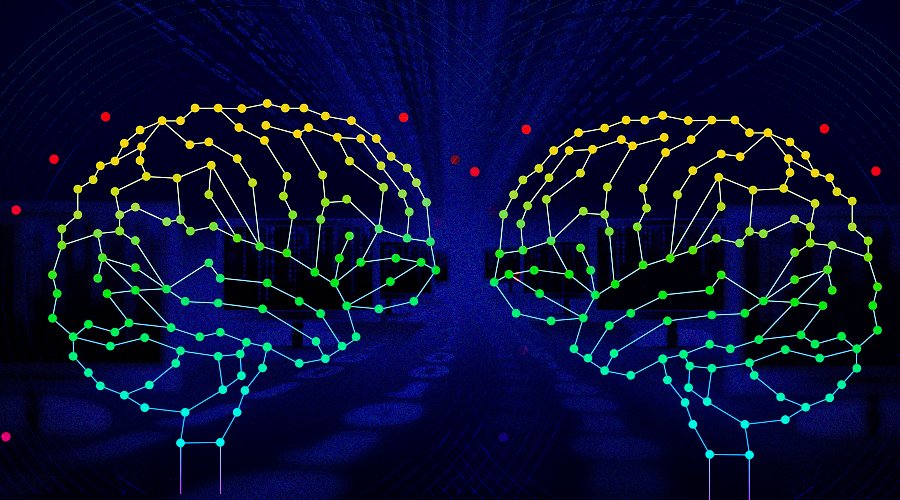
Most of us have probably been including HML estimations in some designs without recognizing it. We might have used methodologies that are a blend of existing ones or got together with strategies that are imported from various fields. We try to a great extent to apply data change methods like principles component analysis (PCA) or simple linear correlation analysis to our data preceding passing them to a ML methodology. A couple of experts use extraordinary estimations to mechanize the headway of the limits of existing ML methodologies. HML estimations rely upon an ML plan that is hard and not exactly equivalent to the standard work process. We seem to have misjudged the ML estimations as we fundamentally use them ready to move, for the most part dismissing the nuances of how things fit together.
HML is a progress of the ML work process that perfectly unites different computations, processes, or procedures from equivalent or different spaces of data or areas of usage fully intended to enhance each other. As no single cap fits all heads, no single ML procedure is appropriate for all issues. A couple of strategies that are extraordinary in managing boisterous data anyway may not be prepared for dealing with high-layered input space. Some others could scale pretty well on high-layered input space anyway may not be good for managing sparse data. These conditions are a fair motivation to apply HML to enhance the contender procedures and use one to overcome the deficiency of the others.
The open doors for the hybridization of standard ML methodologies are ceaseless, and this ought to be workable for every single one to collect new combination models in different ways.
HML In view of Architecture Integration
This kind of HML consistently consolidates the architecture of at least two customary algorithms, entirely or mostly, in an integral way to develop a more-hearty independent algorithm. The most ordinarily utilized model is Adaptive Neuro-Fluffy Interference System (ANFIS). ANFIS has been utilized for some time and is generally considered an independent customary ML strategy. It really is a blend of the standards of fluffy rationale and ANN. The engineering of ANFIS is made out of five layers. The initial three are taken from fuzzy logic, while the other two are from ANN.
HML In view of Information Control
This kind of cross hybrid advancement consistently joins information control cycles or systems with customary ML techniques with the goal of supplementing the last option with the result of the previous. The accompanying models are legitimate opportunities for this kind of crossover learning technique:
If an (FR) calculation is utilized to rank and preselect ideal highlights prior to applying the (SVM) calculation to the information, this can be called an FR-SVM hybrid model.
Assuming a PCA module is utilized to separate a submatrix of information that is adequate to make sense of the first information prior to applying a brain network to the information, we can call it a PCA-ANN hybrid model.
If an SVD calculation is utilized to lessen the dimensionality of an informational collection prior to applying an ELM model, then, at that point, we can call it an SVD-ELM hybrid model.
Hybrid techniques that we depend on include determination, a sort of information control process that looks to supplement the implicit model choice course of customary ML strategies, which have become normal. It is realized that every ML algorithm has an approach to choosing the best model in light of an ideal arrangement of info highlights.
HML Based on Model Parameters Optimization
It is realized that each conventional ML technique utilizes a specific improvement or search algorithm, for example, gradient descent or grid search to decide its ideal tuning boundaries. This sort of crossover learning tries to supplement or supplant the underlying boundary improvement strategy by utilizing specific progressed techniques that depend on developmental calculations. The potential outcomes are additionally huge here. Instances of such conceivable outcomes are:
1. Assuming the particular swam advancement (PSO) algorithm is utilized to upgrade the preparation boundaries of an ANN model, the last option turns into a PSO-ANN hybrid model.
2. At the point when generic calculation (GA) is utilized to streamline the preparation boundaries of the ANFIS technique, the last option turns into a GANFIS hybrid model.
3. The equivalent goes with other developmental streamlining calculations like Honey bee, Subterranean insect, Bat, and Fish State that are joined with customary ML techniques to shape their relating half, breed models.
Example Use Cases of HML
An ordinary illustration of the component determination-based HML is the assessment of a specific supply property, for example, porosity utilizing coordinated rock physical science, geographical, drilling, and petrophysical informational collections. There could be in excess of 30 info highlights from the consolidated informational indexes. It will be a decent learning exercise and a commitment to the assortment of information to deliver a positioning and decide the general significance of the elements. Utilizing the main 5 or 10, for instance, may deliver comparative outcomes and subsequently decrease the computational intricacy of the proposed model. It might likewise help space specialists to fewer features in on the fewer highlights rather than the full arrangement of logs, most of which might be excess.
More Trending Stories:
Share This Article
Do the sharing thingy

You must be logged in to post a comment.